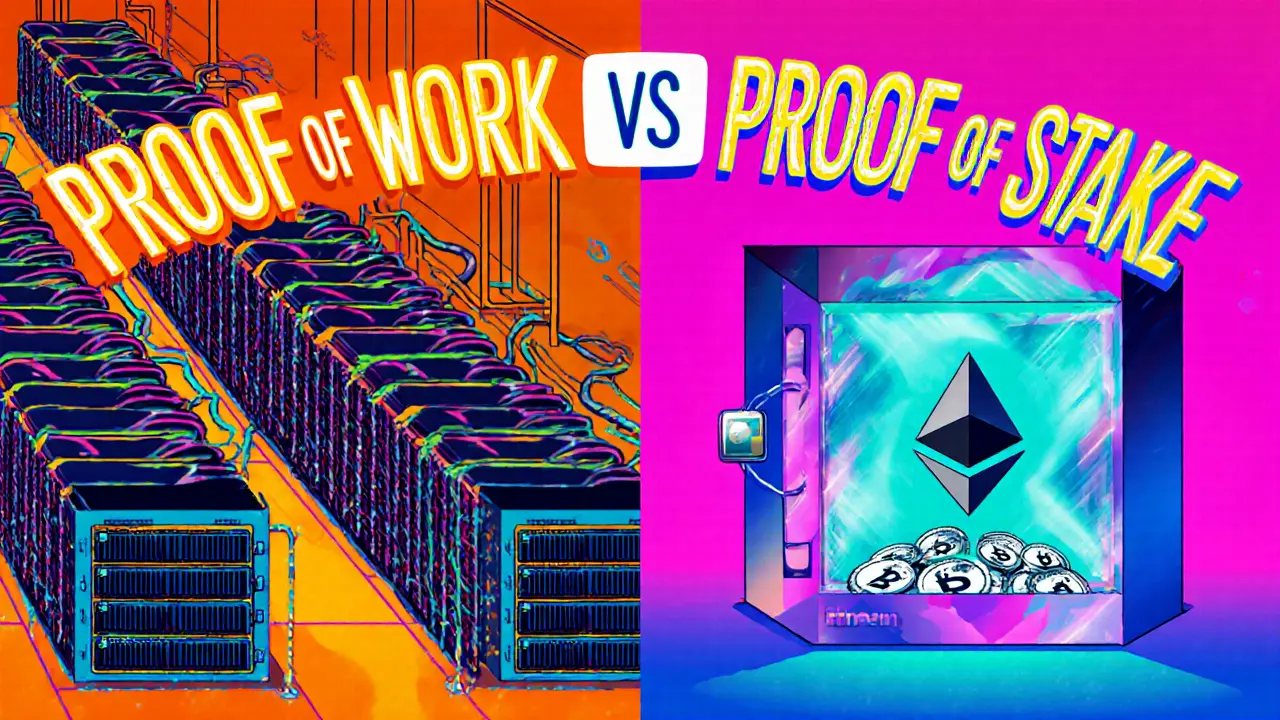Proof of Work (PoW) Overview
When working with Proof of Work, a consensus mechanism that secures blockchains by requiring miners to solve cryptographic puzzles. Also known as PoW, it drives network security and token issuance. The process relies on Mining, where participants devote computational power to find a valid hash. Consensus Mechanism like PoW decides which block gets added, while Crypto Mining Regulations shape the legal landscape for miners worldwide.
Understanding Proof of Work helps you evaluate security, fees, and energy impact across exchanges. In simple terms, miners compete to solve a puzzle; the first to succeed earns the right to add the next block and receives a reward. This competition creates a high hash rate, which is the total computational effort protecting the network. The higher the hash rate, the harder it is for an attacker to rewrite history, making PoW one of the toughest security models out there.
Why Mining Matters for Every Crypto User
Mining isn’t just about fancy hardware; it’s the engine that powers PoW blockchains. Specialized ASICs, GPUs, and even cloud mining services turn electricity into calculations. Those calculations translate into "work" that validates transactions. Because each successful hash consumes real energy, mining directly links PoW to Energy Consumption. Countries with cheap electricity often become mining hubs, which explains why regulation varies widely. When you trade on a PoW‑based exchange, you indirectly pay for that energy through transaction fees and sometimes higher spreads.
Energy consumption also sparks debate about sustainability. Critics point to the carbon footprint, while supporters argue that renewables are increasingly powering farms. The balance between security and environmental impact is a core part of the ongoing conversation around PoW, and it influences everything from government policy to the design of new consensus algorithms.
From a technical angle, PoW is a Consensus Mechanism that favors transparency and decentralization. Unlike Proof of Stake, where ownership stakes decide block rights, PoW treats computational effort as the stake. This difference shapes the incentives for miners, the distribution of rewards, and the overall resilience of the network. For traders, the choice of consensus can affect liquidity, fee structures, and the speed at which trades settle.
Regulators worldwide are catching up with the mining boom. The United States, the European Union, and several Asian nations have introduced Crypto Mining Regulations that address everything from emissions reporting to anti‑money‑laundering checks. These rules can change overnight, so staying informed is crucial if you run a mining operation or simply hold PoW assets. Recent guidance in the US focuses on ESG disclosures, while the EU’s MiCAR framework adds licensing requirements for large farms.
For everyday users, the practical takeaway is straightforward: PoW secures the blockchain you trust, but it also carries costs—both financial and environmental. When you compare exchanges, look for fee transparency, how they handle PoW token listings, and any compliance certifications they hold. This mindset will help you navigate the market with confidence, whether you’re swapping Bitcoin, staking Ethereum’s liquid token BETH, or exploring emerging PoW projects.
Below you’ll find a curated list of articles that dive deeper into specific PoW topics, from exchange reviews to mining regulation updates. Each piece offers actionable insights you can apply right away, so keep reading to sharpen your crypto knowledge.
Proof of Stake vs Proof of Work: Which Resists 51% Attacks Better?
A clear, side‑by‑side look at how Proof of Work and Proof of Stake defend against 51% attacks, covering costs, slashing, real‑world cases, and future trends.
